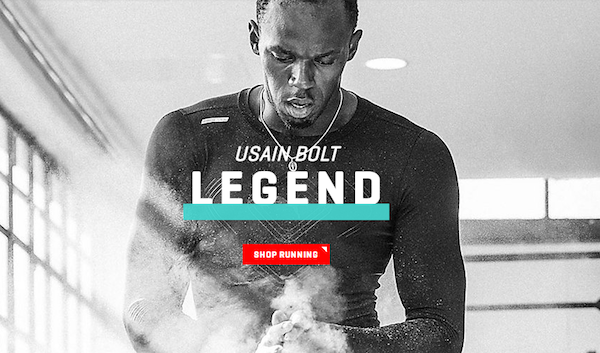When it comes to buying shoes online, the behemoths like Amazon and Zappos have a lot to offer, with their low prices, speedy shipping and free returns — advantages that a single brand can’t compete with.
That was the issue Puma considered about two years ago when it was looking for ways to jumpstart its online sales. At the time, it had two sites, one devoted to the brand and one for commerce. Each pointed visitors to the other, but the experiences were inconsistent (not to mention the sites weren’t responsively designed).
Puma decided to merge the two sites into one with the hope that by surrounding product images and buy buttons with stories about the products would encourage people to buy.
“My main struggle is, why would a kid come to Puma today?” said Remi Carlioz, global head of consumer marketing at Puma with responsibility for digital. “Today, they’re used to shopping everywhere — social media, Zappos, Amazon. We can’t necessarily compete on price, delivery. What we can compete on is exclusives, brand message, access to exclusive offers.”
The line between publishers and brands is blurring as brands seize on content creation as they strive to connect with consumers who have grown blind to traditional display ads. For Puma, it saw that stories about athletes and teams, in a richly designed site, could inspire consumers in a way that the online giants didn’t.
Puma looked at dozens of sports and retailer sites including those of J. Crew and Kate Spade before tackling its own. The result, which launched in the U.S. on July 31, is a photo-driven site with sports tabs that include profiles of famous athletes, like this one on Usain Bolt, and teams like Arsenal. Apparel and buy buttons are woven throughout. Tech company Acquia supplied the technology behind the CMS.
It’s paid off. Puma remains a dwarf in the online space — its October unique visitors were 331,000, compared to 12 million for Zappos, per comScore’s multiplatform numbers — but the big benefit Puma has seen from its now-responsive site has been on the mobile, the device of choice of Puma’s target customer base of 18- to 24-year-olds.
This past Black Friday, 3.4 percent of mobile shoppers on Puma.com ended up making a purchase, up from 1.6 percent on Black Friday the year before.
“Previous to this launch, we had a brand site and a regionalized shopping site,” said Chris Hardisty, general manager and head of e-commerce at Puma. “It wasn’t what you’d call a unified experience for the customer.”
While some brands have a dedicated “newsroom” that takes care of editorial content creation, Puma’s effort is more decentralized. There’s a dedicated team of about three that works under Carlioz. Category-specific content comes from the business units that are responsible for those categories, like running, fitness and football. Puma’s geographic regions also contribute content. Across those three sources, content is updated each season, with smaller updates on a monthly and weekly basis.
One reason publishers struggle to integrate commerce into their editorial strategy is that the two uses are intrinsically at odds: when someone clicks on a product to buy, they’re no longer contributing to time spent on site. Brands, meanwhile, have the opposite tension: With the main raison d’être of the site to push product, content can get in the way.
“I think there’s always going to be tension between content and marketing, because the retailer’s operation is maniacally focused on this month, this week, selling as much as they can, and the marketing side is setting the brand up for long-term success,” Hardisty said.
That said, he added, Puma has largely avoided such turf wars by creating stories that are product- and brand-focused and tying in shopping features high up, to ensure the content and commerce work hand in hand.
“Any company wants to inspire customers,” he said. “This site gives us a much better vehicle to do that.”
More in Marketing

With the rise of the chief AI officer, it’s time to examine ‘czar’ culture
Even if it’s a familiar pattern — hot new thing, new C-Suite exec to tackle said thing, a few years go by and that C-Suite position no longer exists as everyone is now doing said thing (or it was a fad that has since faded away) — does it make sense for businesses to continue to appoint new czars with every new trend?

Why Cava’s bid for brand awareness means prioritizing streaming ads
Fast-casual restaurant chain Cava has been in growth mode over the past year and is leaning into streaming ads in an effort to boost brand awareness.

A history of middle manager stress: The Return podcast, season 3, episode 1
In episode one, McKinsey partner Emily Field tells us more about why middle management is critically important to the workforce.







